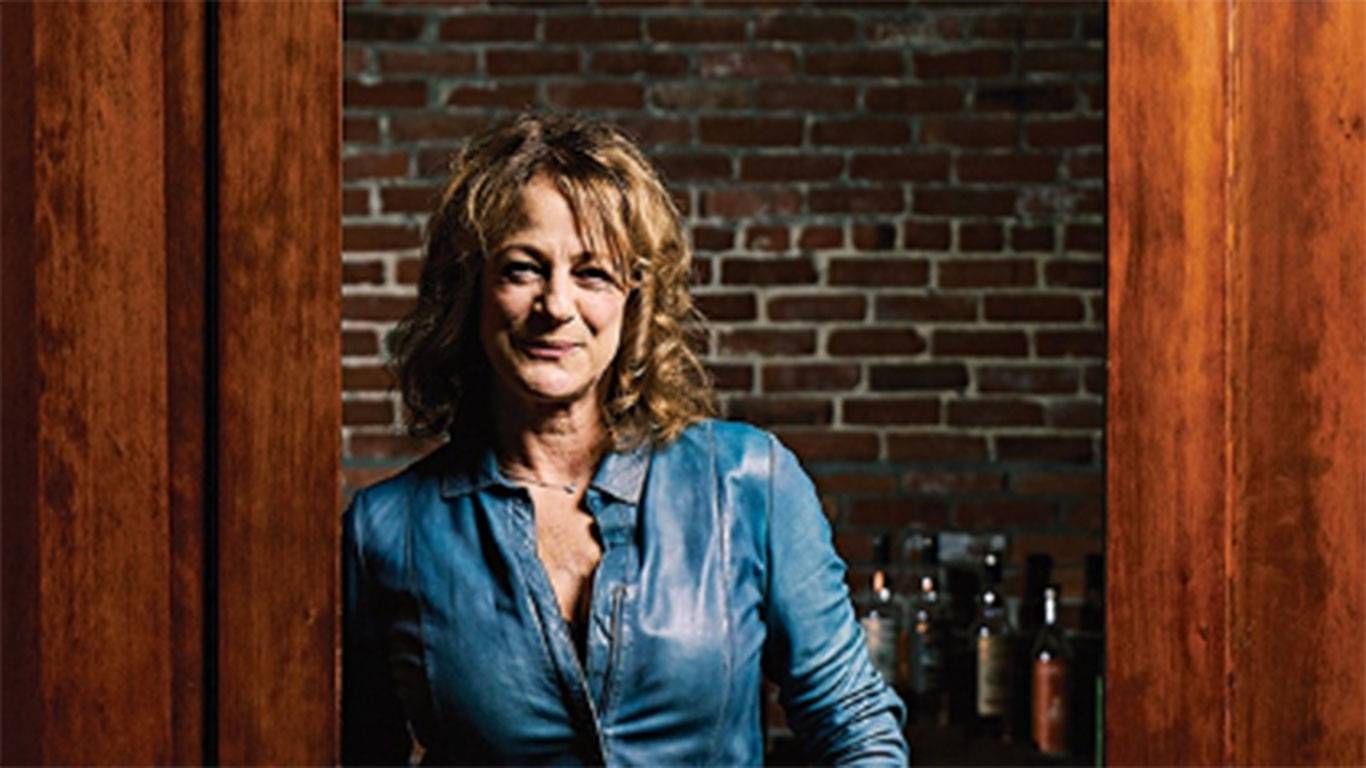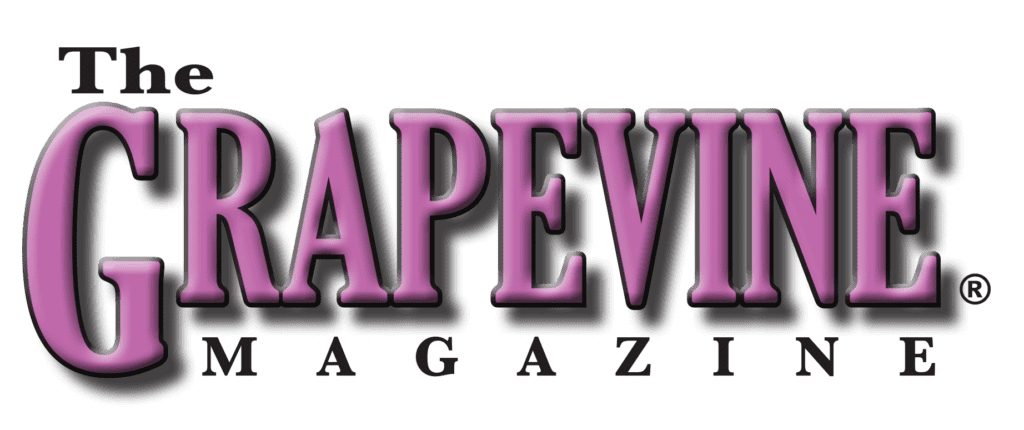Recently, The Spirits Business did a roundup of 2019 trends that impacted the spirits industry this year, setting the foundation for some of the discussions we will host at the Craft Beverage Distribution Conference December 3 – 5 in Louisville, Kentucky.
Here are some of the trend highlights from those findings that impacted many of us in the craft spirits industry during 2019:
On-Trade
Let’s start with on-trade, which is growing faster than off-trade for some spirits brands. Second-tier cities are becoming the central location for the on-trend bars and lounges that were previously limited to cities like New York or Los Angeles.
These new cool places to get a drink are also setting the tone for new cocktails, like sustainable margaritas, that rely on locally sourced ingredients. These locations are also highlighting other spirits in their unique cocktail menus, like gin and scotch. These spirits have not been popular on menus in the U.S. for many years, but are making a comeback. For example, the “gin sonic” is starting to take off, which combines gin with soda water.
Premiumization
In the past, spirit bottle service for consumers was all about the bling and the brand image. The social movement is moving away from this idea of impressing others with brand names and becoming more about being yourself and knowing what you want to enjoy.
Drinking choices have followed suit. The trend is shifting to a preference for handmade, high-quality spirits that represent authenticity, heritage, and craftsmanship.
The result is that spirits producers are removing their ultra-premium products that are no longer relevant because they didn’t offer the substance that today’s consumers seek.
There is also a need for spirits producers to share more detailed information about their products to prove their craftsmanship and authenticity. This information includes where and how the spirits are made and why spirits producers made those choices.
With this information, consumers are able to engage with what they are drinking and use that knowledge to empower overall experience.
Distribution Relationships
The spirits business is no longer just about the large brands. Instead, distributors are looking for the most relevant spirits brands, large or small, that deliver something different with a compelling story. In many ways, these criteria give craft spirits producers an advantage over big box spirits brands.
Then, there is the growth of the e-commerce channel for the spirits business, which offers a new way to reach more customers.
Partnerships
Partnerships have been a trend this year to help spirits producers attract new customers. The Spirits Business mentioned the example of Dalmore’s partnership with chef Massimo Bottura to create an exclusive bottle, which resulted in bringing in just over $140,000 for charity. Plus, the opportunity was a way to get noticed by the “culinary entertainment scene,” connecting the spirit with a new audience. This is one example of what’s possible for many spirits producers to continue doing well into 2020.
Your Take on the Spirits Trends
These are just some of the major spirits trends impacting today’s producers. As a member of the craft spirits industry, we’d like to know how you addressed these trends this year or if you identified any other trends, challenges, or opportunities. Come join us at this year’s Craft Beverage Distribution Conference!
























